In 2019, a barbastelle bat made Britain's national news when it found its way into a high street shop.
Unfortunately the bat didn't survive, but as a rare species in Britain, 'Joules' was donated to the Natural History Museum to become a research specimen.
A rare bat species
Barbastelle bats (Barbastella barbastellus) are one of the rarest species of mammal in the UK. They are very distinctive with coal-black fur with ginger guard hairs and unusual large ears which meet in the centre of the forehead.
They have a fairly wide distribution across the south of the UK, with the most northerly records reaching up to Lincolnshire. This species is widely distributed across Europe, but within that range they only occur rarely.
One estimate puts the population of barbastelle bats in the UK at around 5,000 individuals, but this was calculated in 1995 (Harris, 2001). Over the last 24 years there have been improvements in bat detection and in our understanding of the species, which indicates the number may well have always been higher.
Nonetheless, the worldwide International Union for Conservation of Nature (IUCN) status for the species remains as Vulnerable.
We know of few maternity sites for this species in UK, and as a result, there are seven sites designated as Special Areas of Conservation (SAC) under the provisions of the Conservation of Habitats and Species Regulations (2017, as amended) purely for their importance to the maintenance of populations of barbastelle, not only in the UK, but across their European range.
What do barbastelle bats eat?
The diet of the barbastelle is almost exclusively moths and many of the preferred prey species are referred to as tympanic moths. These are moths which can hear echolocation calls and undertake defensive behaviour as a result, making the likelihood of a successful catch lower.
Where do barbastelle bats live?
A barbastelle bat's favoured habitat is older woodland, typically incorporating dead wood and mature to over-mature or veteran trees. In England there also seems to be an association with these woodlands being in river valleys.
These habitats have been under threat from agricultural and silvicultural expansion, land drainage, urban expansion and general tidying of our landscape, including the removal of the dead and dying features of old growth woodland, for centuries.
Conservation efforts for this species has included woodland creation and management of living and dead wood stocks in areas where they are known to thrive, and creating effective habitat networks between woodland strongholds - essentially commuting routes for bats.
Nevertheless, their habitats remain under threat, and with relatively little known about the species, populations may still be in decline.
Meet Joules
But how did the Museum end up with the bat now affectionately known as Joules, and what will happen to it?
The UK is extremely lucky to have an incredible wealth of volunteers actively involved in bat care and the Museum has been discussing with them the need for modern UK bat specimens within the collection.
Sadly not all bats which come into the care of volunteers will survive. Illness, accidents and predation unfortunately do mean that some bats will die in care.
Animals that have died in wildlife care may be donated to the Museum. Scientists are very interested in British fauna and these specimens can provide an opportunity to further our understanding of UK ecosystems and biodiversity. This is why it was important to incorporate Joules the bat into the collection.
Hampshire Bat Group contacted the Museum to discuss a bat that had been handed to them, as it appeared to be a barbastelle and was thought to be of interest.
It transpired that the bat was itself a rather unusual find as it hadn’t been found in woodland or brought into a house by a cat, which is often the case with bat rescue. Instead it had been found in the pocket of a coat in the stores of the clothing company Joules in Salisbury - hence the animal being dubbed Joules, by the Hampshire Bat Group.
On finding the bat, the store manager contacted a local vet who tried to save it, but unfortunately the animal had died. They contacted Hampshire Bat Group who, on recognising the rarity of the species, thought it might be a valuable addition to the Museum's collection.
Lost bats
Coming across such a rare bat in such a strange location is very unusual. But the likelihood is that it is a younger bat that got itself lost and disorientated, and flew in through an open window at some point.
This does tend to happen to many bat species in late August and September when the year’s young are leaving maternity roosts for the first time. They can often make mistakes and fly into odd places. This period is usually the busiest time for many bat carers, with regular calls from members of the public reporting bats flying around inside their houses.
While perhaps the centre of Salisbury isn’t the ideal location for a barbastelle, Salisbury is situated in an ideal setting for the species, with rivers, wet meadows and woodland surrounding the city. Two of the seven SACs are relatively close to the city and there may even be a closer and as yet unknown maternity site, which could be very exciting for our knowledge of the species.
Barbastelle bats in the collection
The bat is now with Senior Curator of Mammals, Roberto Portela Miguez, who is preparing it for incorporation into the fluid preserved collection in the Museum's Darwin Centre.
All the data collected with the bat will be recorded, including its scientific name and the edict from the Hampshire Bat Group to take good care of Joules.
There are currently 43 specimens of B. barbastellus in the Museum's collection, with 24 of these coming from the UK. The oldest barbastelle specimen in the collection dates from the mid-1800s, and the most recent, until now, is from 1999. Therefore this new specimen from Salisbury represents an important addition to the collection.
Time series in collections are vital to increasing our understanding of how species and their distribution change over time and may, for example, reflect environmental change, habitat change or changing species behaviour or adaptations. So acquiring a specimen of a species after 20 years is very important.
This specimen will allow scientists to undertake new research and secures the Museum collection's relevance for future and ongoing studies.
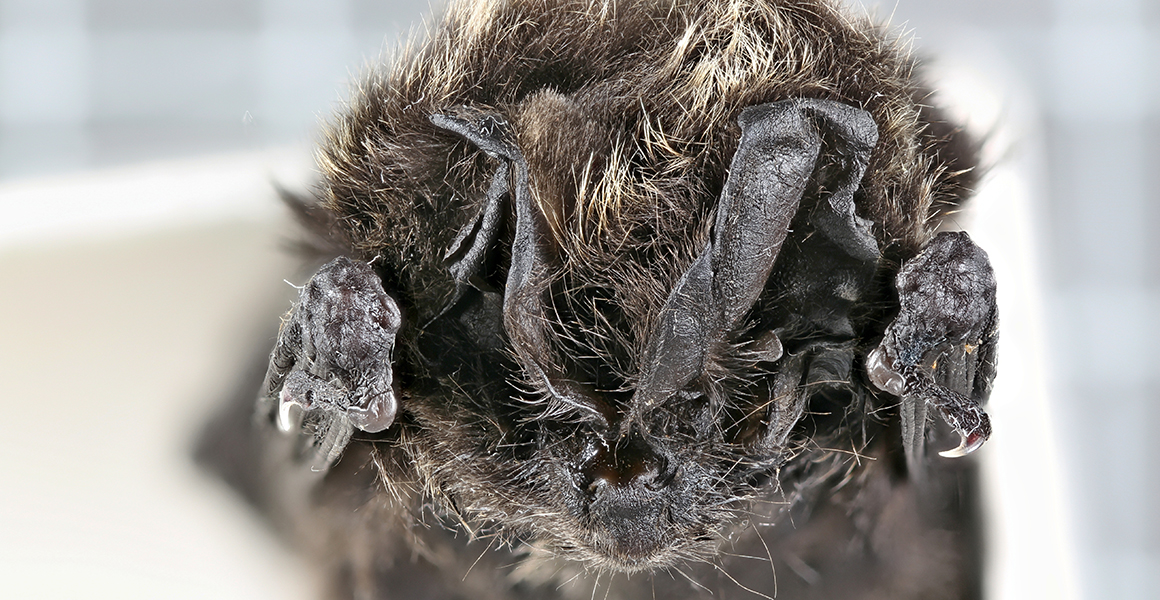
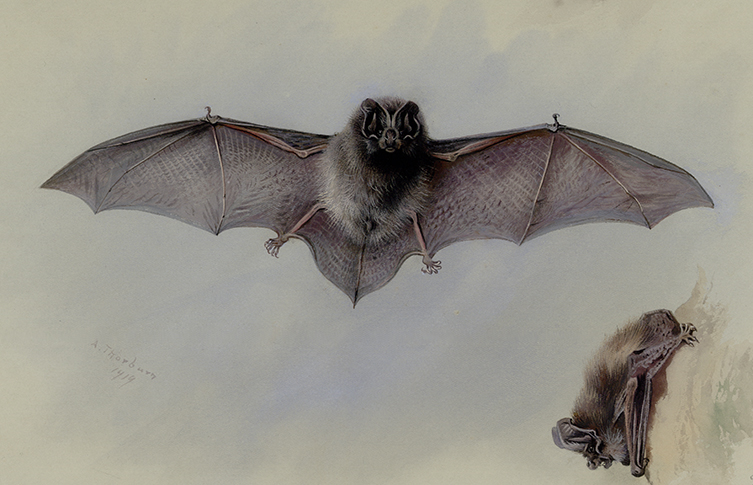
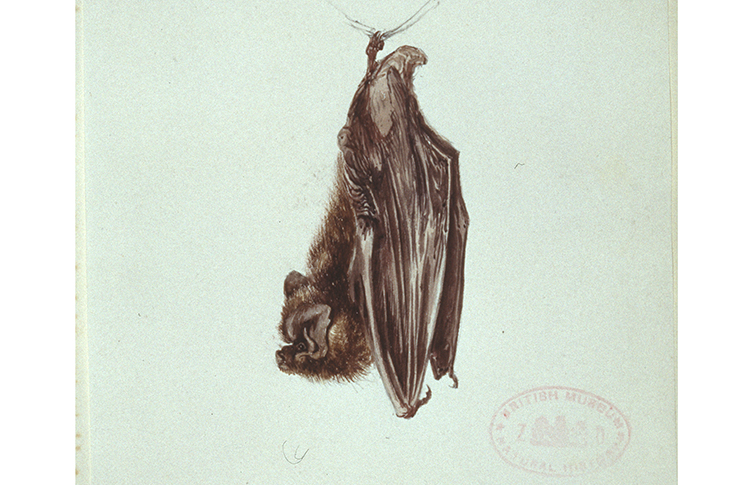

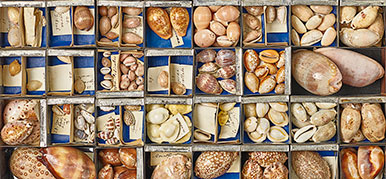
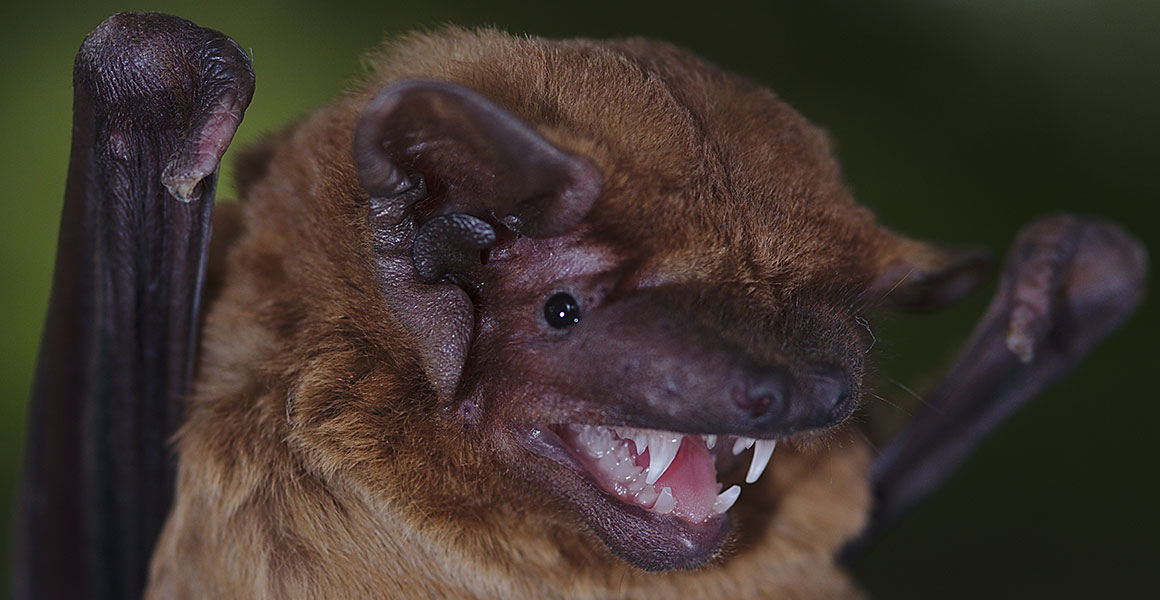
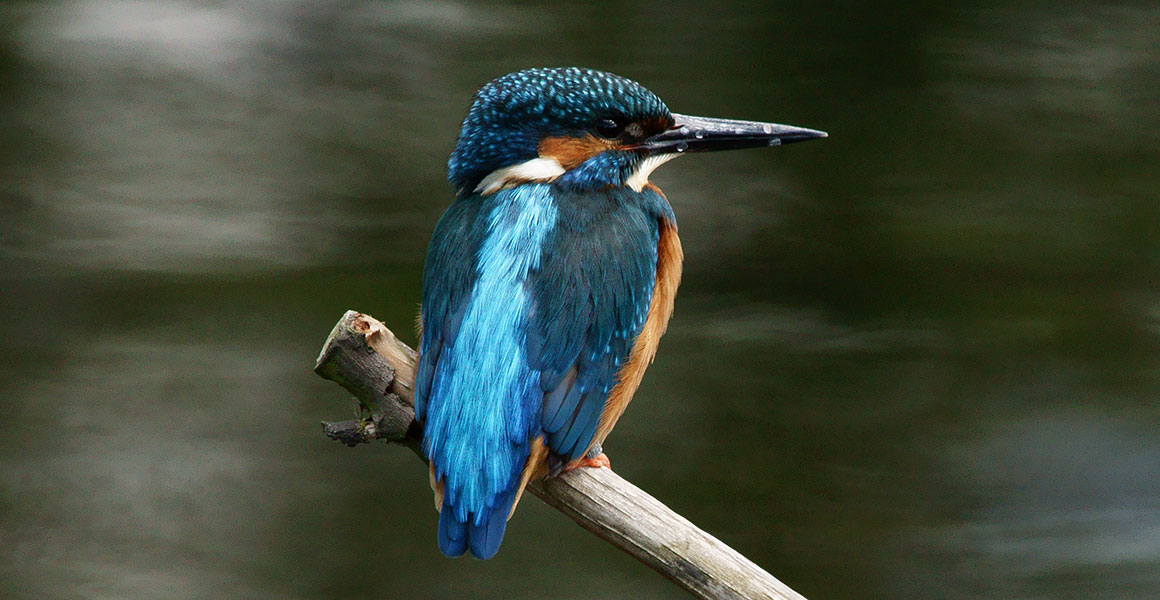
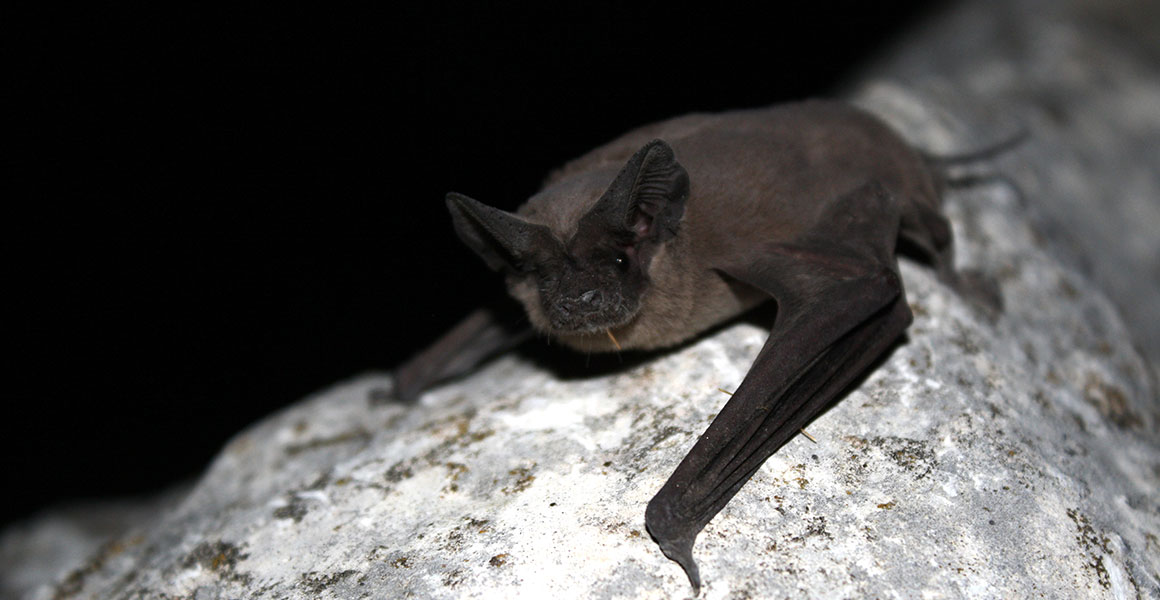

Don't miss a thing
Receive email updates about our news, science, exhibitions, events, products, services and fundraising activities. We may occasionally include third-party content from our corporate partners and other museums. We will not share your personal details with these third parties. You must be over the age of 13. Privacy notice.
Follow us on social media